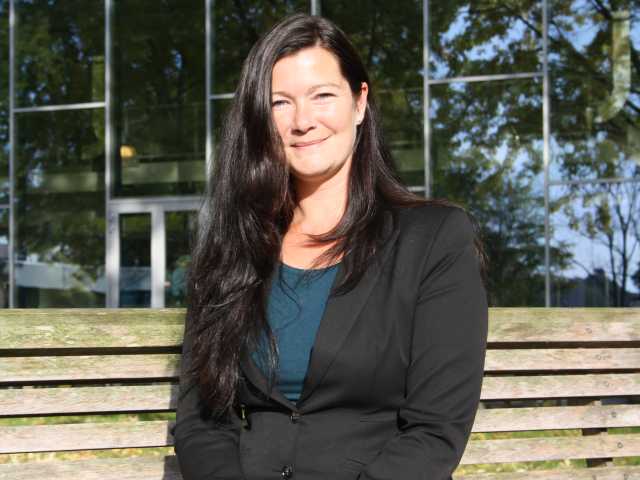What the Berlin Wall can teach us about mergers
| Date: | 15 December 2017 |
| Author: | Susanne Täuber |

History suggests that when two groups merge, it doesn’t end well. Academic research has suggested the same. But my experience and research at the Faculty of Economics and Business has allowed me to identify factors that accommodate successful mergers.
Growing up in East Germany, I witnessed my first “merger” when the wall dividing East and West Berlin came down. Although all Germans welcomed the fall of the wall, reunification threatened the social identity of East Germans and brought with it an enduring sense of loss. Thirty years later, Germans are still divided by social identity dynamics. Because of the tremendous impact of this event on my family and friends, I decided to study the role of social identity for group relations.
The lower-status group in a business merger is most deeply affected because it must yield to the values of the higher-status group. This can be a painful and disorienting experience. The lower-status group might respond with attitudes or behaviours – like sabotage, turnover, or absenteeism – that the higher-status group dislikes, creating a negative dynamic that prevents the groups from developing a shared identity. Social identity dynamics cause business mergers to fail with astonishing frequency. Overall, academic research suggests that mergers are largely a hopeless enterprise.
Imagine my surprise when I came to the Faculty of Economics and Business in 2013 and learned that this faculty is the result of a merger! I found a vibrant atmosphere of trust and cooperation here that challenges the existing literature. What unique factor brought the Faculties of Economic Sciences and Management and Organization together so smoothly? Shared social identity: the faculties pooled resources and worked together early on to establish a common ground of collaboration and project development.
Mergers are not inherently doomed: as this faculty has shown, the positive synergies of merging groups can result in excellent performance. But, successful mergers require a shared social identity, which requires extra resources to develop – a precondition that is often ignored by managers implementing organizational change.
So, what’s next? I want to establish Best Practices for the development of shared social identity for use by scholars, politicians, and managers. To do so, I want to find out more about the development of shared social identity in organizations. One project that helps me reach this goal is the merger of German and Dutch army units that is currently underway and that I am assisting with my research. I also want to learn from the past by setting up a research project that retrospectively analyses the FEB merger as a case study. These endeavors will provide practical insight and support for organizations and employees undergoing mergers.

